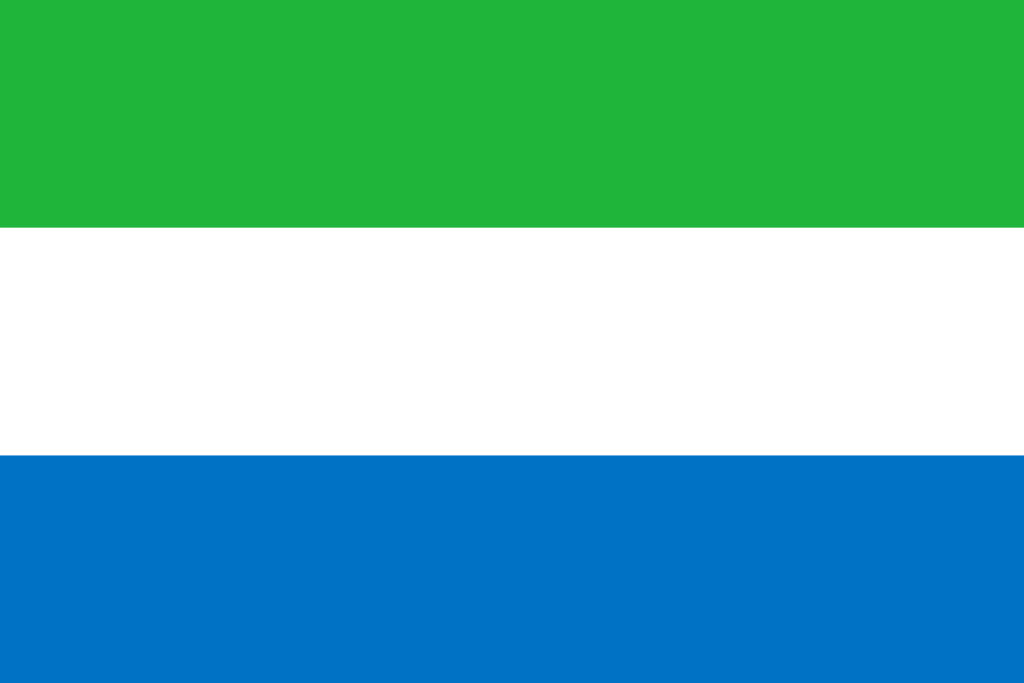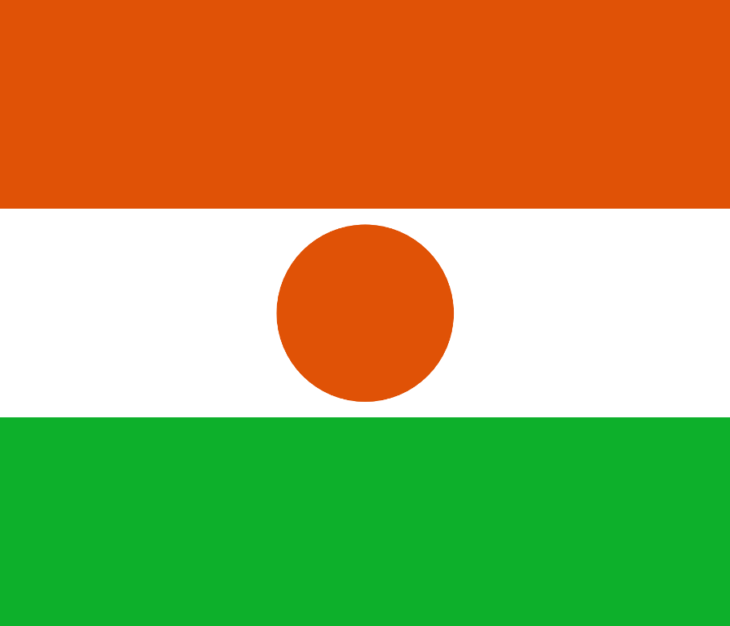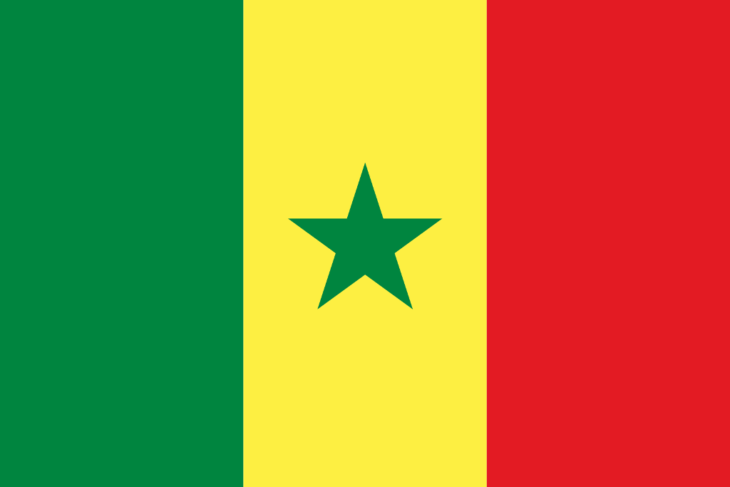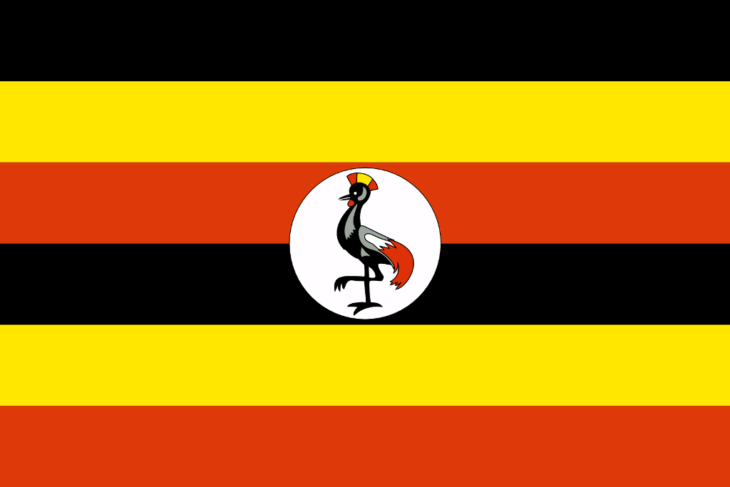MAURITANIA
According to Countryaah, Mauritania is a country located in Western Africa.The labor market laws restrict trade union rights and make it difficult in practice to get a trade union registered.
Violations of trade union freedoms and rights are part of everyday life, but despite this, there are trade union actions. The unions are working hard to organize the informal sector.
Unions
Until 1990, there was a central trade union organization, the Union des Travailleurs de Mauritanie (UTM), which was an integral part of the state apparatus. The union played an important role in the democratization process in the 1990’s. Today, there are four central trade unions affiliated to the International Trade Union Confederation, ITUC.
- Confédération Générale des Travailleurs de Mauritanie, CGTM, with 36,000 members. A successful campaign to organize women has meant that the proportion of women in CGTM in a few years has increased from 15 to 30 percent.
- Union des Travailleurs de Mauritanie (UTM), with 29,000 members.
- Free Confederation of Workers of Mauritania, CLTM. With 56,000 members.
- National Confederation of Workers of Mauritania, CNTM with 39,550 members.
(Websites in French)
NIGERIA
The Nigerian trade union has historically played a strong role and during the military dictatorship, the NLC, Nigeria Labor Congress was the main opposition. The trade unions law now regulates the right to strike to apply to “disputes about rights” – which will prevent the unions from striking against unpopular government policies such as. increased petrol prices. A labor court that can make disputes in the field of work resolved faster and more uniformly across the country has been established, something that the unions are positive about. The number of strikes and trade union actions has increased in recent years.
Unions
Nigeria Labor Congress (NLC) was for a long time the strongest popular organization in the country but has in recent years lost some of its significance as a counterweight to the regime. NLC has 43 affiliated unions with a total of 6 million members and is thus Africa’s largest trade union organization. The largest member union is the teachers’ union NUT, Nigeria Union of Teachers, with about 300,000 members.
Through a breakout from the NLC, the United Labor Congress, ULC was formed in 2016. The strong oil workers’ union NUPENG joined the ULC.
After it became possible for senior staff (senior staff) to organize themselves, another central organization, the Trade Union Congress of Nigeria (TUC), was formed with 500,000 members in 24 unions. Several civil servants’ organizations have nevertheless joined the NLC. Both NLC and TUC are affiliated with the World Trade Union Confederation, the International Trade Union Confederation, ITUC and the Organization of African Trade Union Unity, OATUU.
NIGER
Niger is one of 16 countries in West Africa. There are many trade unions and regular trade union activities are conducted; the transport compartments have e.g. a comprehensive national agreement. The right to strike is enshrined in the constitution and strikes occur, usually due to the salary not being paid out.
Another important issue is the widespread prevalence of slave labor and the trafficking of child laborers. The government and a number of regional and local leaders have committed themselves to ensuring that slave labor is abolished. The work is slow and the ITUC has called on the government to pay special attention to cocoa and tobacco plantations in order to eliminate the worst forms of child labor.
Unions
There is a flora of trade unions (only the global federation Uni Global Union – UNI: has, for example, 17 affiliates), which of course makes it difficult to coordinate the trade union work.
Three central trade unions are affiliated to the World Trade Union Confederation, the International Trade Union Confederation, ITUC and the Organization of African Trade Union Unity, OATUU:
Confédération Nigérienne du travail, CNT with 75,000 members,
Union des Syndicats des Travailleurs du Niger, USTN with 43,000 members,
Confédération Démocratique des Travailleurs du Niger, SDTN, with 38,637 members.
SENEGAL
The right to strike is enshrined in the constitution, but there are restrictions. Strikes, however, are quite common. Violations of trade union rights occur and the situation has deteriorated significantly in recent years.
Great efforts are being made by the unions to organize those working in the informal sector and there have been campaigns against how day workers, short-term employees and domestic workers are exploited.
Unions
Until the mid-1970’s, only a strong central trade union Confédération Nationale des Travailleurs du Sénégal existed, CNTS (in French). In connection with the liberalization of the country’s political system, the trade union movement split; several groups left the CNTS and formed new central organizations. There are now 12 of which five are members of the International Trade Union Confederation, ITUC. The five are:
- Confédération Nationale des Travailleurs du Sénégal, CNTS 70 000 medlemmar
- National Union of Autonomous Syndicates of Senegal, UNSAS, 80,000 members
- Confédération des Syndicats Autonomes du Sénégal, CSA, 40 000 members
- Union Démocratique des Travailleurs du Senegal, UDTS, 21,385 members
- Confédération Nationale des Travailleurs du Senegal – Forces du Changement, CNTS-FC, 15,540 members
In 2017, the five largest teachers’ unions began a collaboration aimed at uniting in a union.
There is a close connection between the political parties and the trade union movement. Particularly strong is the bond between CNTS and PS, Parti Socialiste. Political assignments are important for union work, these provide income that is a prerequisite for being able to engage in union agitation full time.
The International Federation of Journalists has its Africa office in Dakar.
SIERRA LEONE
For several decades, the trade union movement in Sierra Leone was one of the strongest in Africa, but in the 1990’s the situation deteriorated and in 1996 the World Trade Union Confederation (ITUC) described the trade union movement in Sierra Leone as “seriously damaged” by rebel activities. The situation was normalized during the twentieth century and the union activities have been rebuilt. Much effort is devoted to organizing those working in the informal sector.
Strikes and other trade union actions occur, as well as harassment of trade unionists.
Unions
The Sierra Leone Labor Congress, SLLC, was formed in 1962. The organization was one of the first African unions to join the International Trade Union Confederation (ITUC). SLLC has 25 affiliates. Among the unions, there are four in the informal sector. SLLC has 54,550 members.
There is another Central Confederation of Trade Unions, CCOTU with 8,340 members.
TOGO
the circular gives the population the right to organize in a trade union; this also applies in the economic free zones, even though there are few trade unions there and working conditions are often difficult. It happens that trade unionists are discriminated against in working life, but the trade union situation is still relatively good for African conditions.
Child labor is a problem, just over a quarter of all children between the ages of 5 and 14 are estimated to work full time in agriculture or trade. The government has set a limit of 18 years to be employed in homes. Forced labor also occurs.
The Labor Market Act gives the right to collective bargaining and limited right to strike, but the right to strike applies e.g. not employees in healthcare. Strikes occur.
The International Trade Union Confederation, ITUC, has its regional headquarters in Lomé, as well as the International Teachers’ International – EI : and the International Service International – PSI:
Unions
Until 1991, there was only one legal central organization, the Confédération Nationale des Travailleurs du Togo (CNTT) was closely allied with the ruling governing party. When the National Conference in 1991 abolished the CNTT’s special status and froze the organization’s assets, a number of new trade unions immediately emerged. The CNTT, which today is non-partisan, has 55,000 members.
There are currently three organizations affiliated to the World union, the International Trade Union Confederation, ITUC.
Confédération Syndicale des Travailleurs du Togo (CSTT) with 79,172 members andUnion Nationale des Syndicats Indépendants du Togo (UNSIT)with9,786 members, andUnion Genérale des Syndicats Libres (UGSL)with35,400 members.
From the mid-1990’s, there is a trade union umbrella body, Intersyndicale, in which all central organizations except UNSIT participate.








